How does pulling out work?
During sex, you pull your penis out and ejaculate (cum) away from your partner’s vagina. Pulling out works by keeping sperm out of the vagina, so it can’t meet up with an egg and cause pregnancy. But it’s important to pull out in time, all the time, or it won’t work as well.
How do I use the pull out method?
There’s only one step: pull your penis out of your partner’s vagina before any semen comes out. Your penis has to be all the way out before you ejaculate (cum), and then you have to ejaculate away from your partner’s vulva and vagina. This may sound simple enough, but it can actually be hard to do the right way all the time.
It takes practice to use the withdrawal method perfectly. Withdrawal also takes a lot of self-control. You have to be willing and able to stop having sex before ejaculating (cumming), which is usually when sex feels the best. And there’s no room for error — if any semen gets in the vagina or on the vulva, pregnancy can happen. So if you’re going to use the pull out method, keep emergency contraception (aka the morning-after pill) around, just in case you make a mistake.
When exactly am I supposed to pull out?
It’s really important to pull your penis completely out of the vagina before any semen (cum) comes out. If you already started to ejaculate (cum) when you pull out, it’s too late. It’s also important to not get any semen on your partner’s vulva, so make sure you give yourself enough time to ejaculate away from your partner’s genitals. When it comes to withdrawal, it’s definitely better to be early than late.
In order to use the pull out method correctly, you have to know exactly when semen is going to come out of your penis. For most people, ejaculation happens when you start to have an orgasm. But everyone’s body is unique, and ejaculation may happen at different times for different people. It’s important to know your body and your sexual responses really well, so you can tell when you’re about to ejaculate and pull out in time.
Getting the timing right for withdrawal can be a big challenge, especially for people who are young or haven’t had sex that many times. Masturbation can help you learn how to know when you’re about to ejaculate. You can also use condoms along with withdrawal, to get used to pulling out without risking pregnancy.
 Abstinence
Abstinence
 Breastfeeding
Breastfeeding
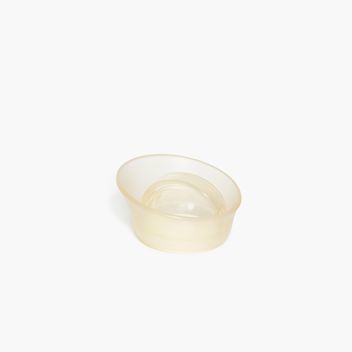 Cervical Cap
Cervical Cap
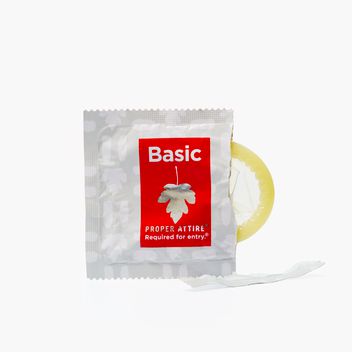 Condom
Condom
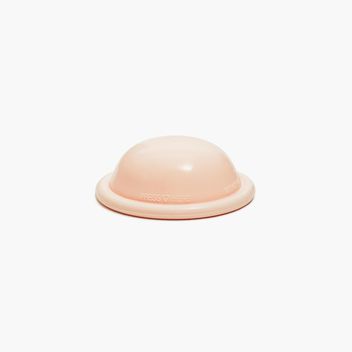 Diaphragm
Diaphragm
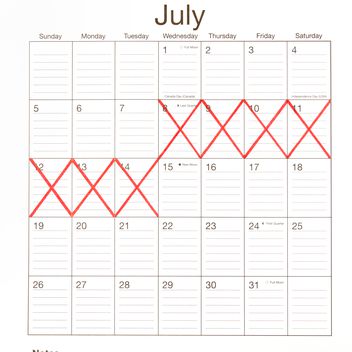 FAM
FAM
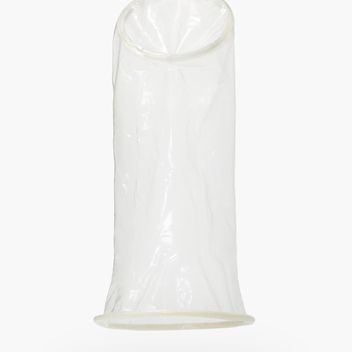 Female Condom
Female Condom
 Implant
Implant
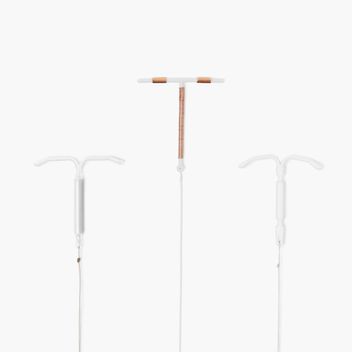 IUD
IUD
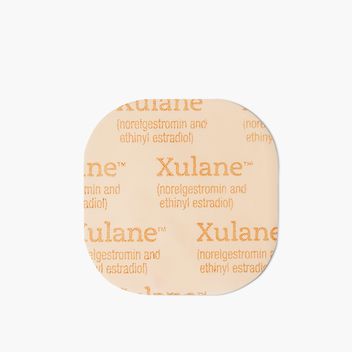 The Patch
The Patch
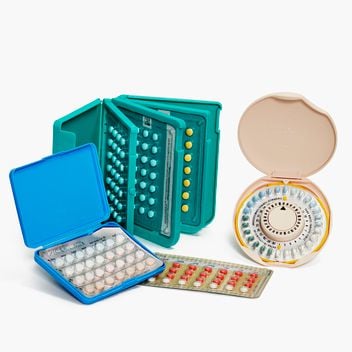 The Pill
The Pill
 The Ring
The Ring
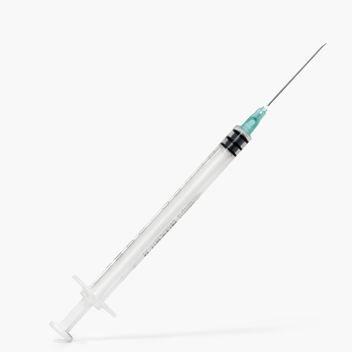 The Shot
The Shot
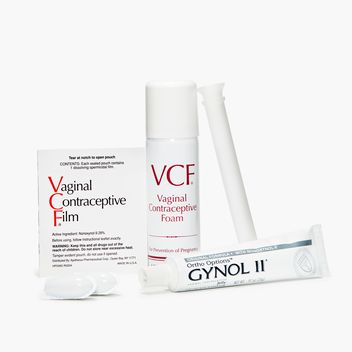 Spermicide
Spermicide
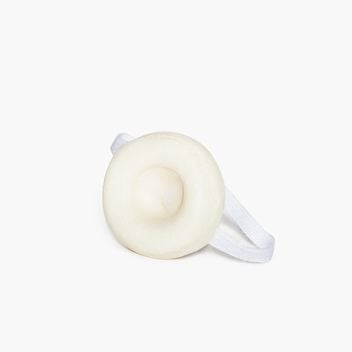 Sponge
Sponge
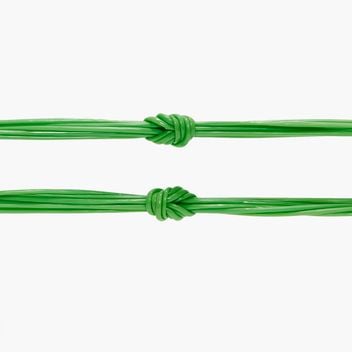 Sterilization
Sterilization
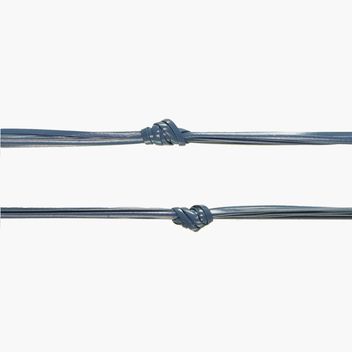 Vasectomy
Vasectomy
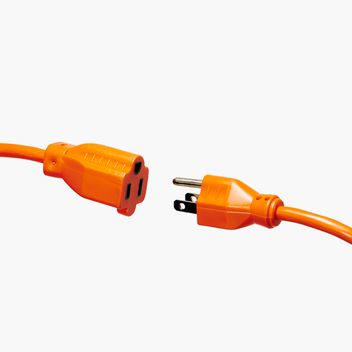 Withdrawal
Withdrawal